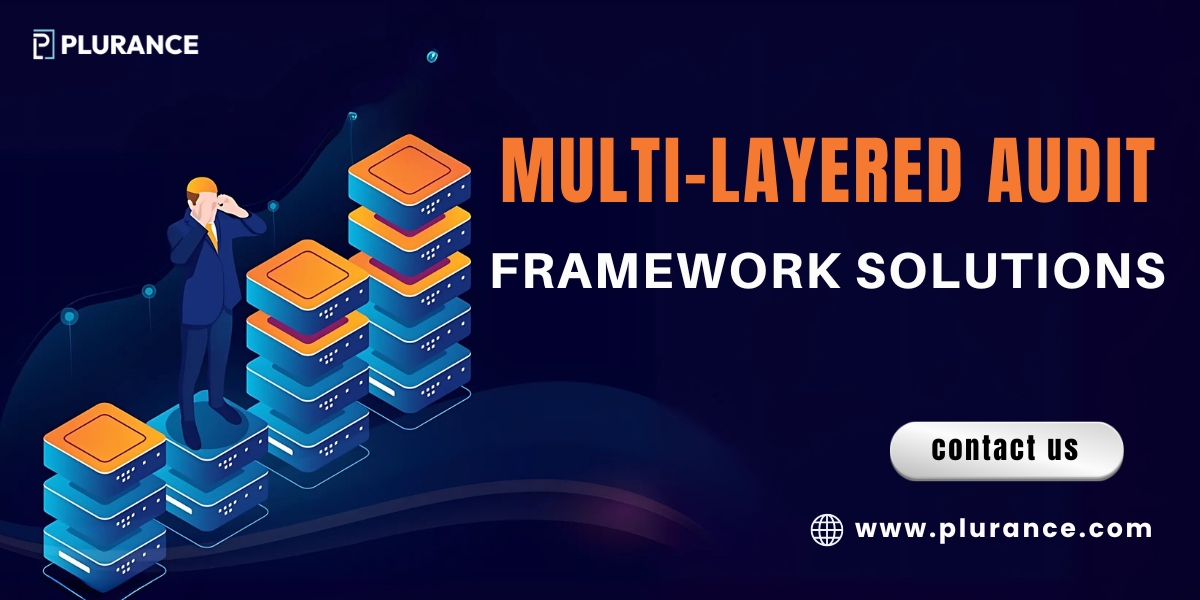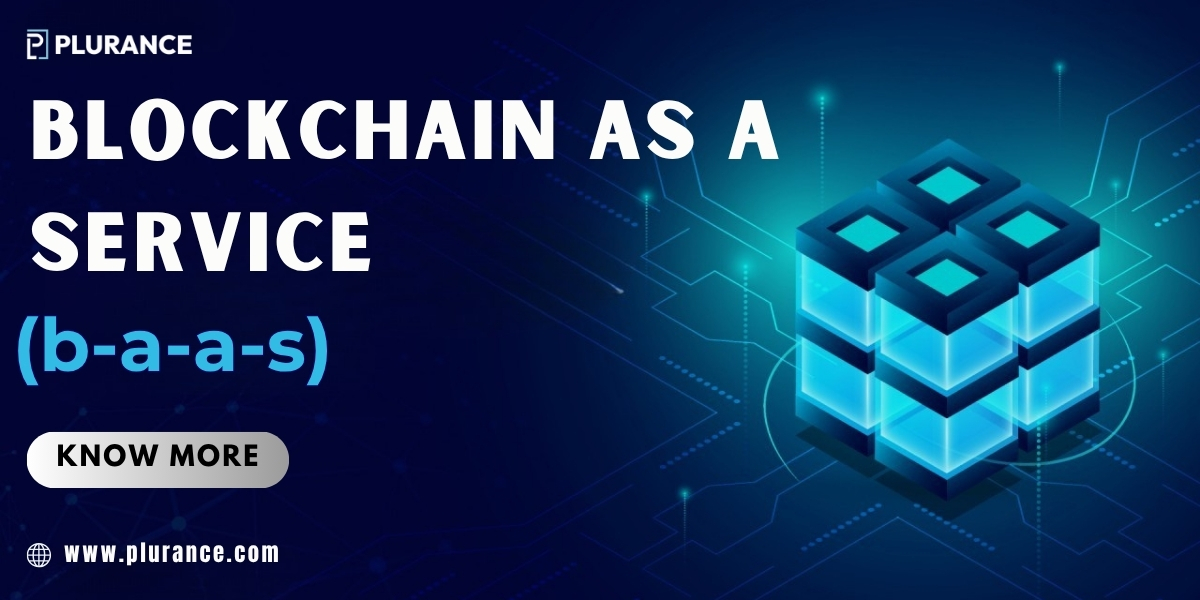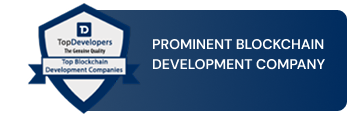Strengthen your security of blockchain ecosystem by harnessing our multi layered audit framework solutions which involves continuous monitoring,streamlines audits and manage trsut across all operations.
The Web3 ecosystem has revolutionized our use of blockchain technology and digital assets with its decentralized apps and smart contracts. The stakes have never been higher, as Web3 breaches and vulnerabilities have cost over $35 billion since 2020. Conventional security audits frequently fail because they use one-dimensional methods that overlook intricate vulnerabilities. A Multi-Layered Audit Framework has become a comprehensive answer to these problems, strengthening Web3 projects against advanced attacks. The complexities of this framework, its important elements, and its significance for guaranteeing strong security in the decentralized ecosystem are examined in this blog.
The Need for a Multi-Layered Approach
Many people believe that security is guaranteed by a single audit; however, this kind of thinking has resulted in disastrous losses. Untested vulnerabilities, abrupt code modifications, or hidden attack surfaces have all been exploited even in audited projects. A safe contract today can become unsafe tomorrow due to changes in protocols, third-party libraries, or attack methods because the space of blockchains is dynamic. Flash loan attacks, for instance, often hit complex, multi-stage attack chains that a single code audit can miss. These exploits manipulate pricing oracles to deplete liquidity pools. By integrating many validation stages, a multi-layered audit framework fills in these gaps and makes sure vulnerabilities are discovered before attackers can take advantage of them.
Key Components of a Multi-Layered Audit Framework:
A multi-layered audit framework is an entire approach for equipping Web3 projects with robust security, testing for vulnerabilities at multiple levels through a formal, step-by-step process. By the best practices of the industry and following the services offered by companies such as Plurance, which is one of the top blockchain security solution companies, the key elements of such a framework are:
Discovery and Risk Assessment
Architectural Analysis: Map the project’s blockchain protocols, DApps or Smart Contracts to determine their structure, functionalities, and interplay.
Threat Model: Determine potential attack vectors unique to the protocol, eg, governance exploration, oracle manipulation, reentrancy, etc.
Dependency Analysis: Review of dependencies between parties, third-party libraries, cross-chain bridges, and oracles to review vulnerabilities in dependent systems.
Documentation: Ensuring the project’s technical documentations (technical specifications, whitepaper, and the code) are in-sync to achieve the envisioned functionality.
Multi-Stage Code
Manual Code Audit: Conducted line-by-line scrutiny of smart contract code by professional auditors to detect logical mistakes, permission issues, or subtle bugs that an automatic scanning might miss.
Automated Scanning: Application of tools like Slither and Mythril or fuzz testing within CI/CD pipelines to find common problems like integer overflow or reentrancy.
Functional Testing: Run real-world use case simulations that test the code for correct behavior in various scenarios.
Penetration Testing and Adversarial Simulations
Simulated Exploits: Running "red team" training to simulate actual attacks, i.e., flash loan exploits, price oracle manipulation, or hijacking of governance.
Access Control Testing: Protecting administrative access, multisig wallets, and role-based authorizations from unauthorized entry or insider threats.
Dependency Stress Testing: Stress testing the endurance of external integrations, i.e., APIs or Layer-2 solutions, to avoid single points of failure.
Independent Verification and Community
Crowdsourced Auditing: Use a worldwide pool of security researchers to verify results independently, preferably with differing perspectives, to identify obscure problems.
Bug Bounty Integration: Running programs to award white-hat hackers that have had the time to find vulnerabilities post-audit.
Continued Security Inspection and Maintenance
Real-Time On-Chain Monitoring: Monitor for unusual fund flows, suspicious transactions, or governance change with an application after deployment.
Incident Response Planning: Plan coordinated mitigation efforts and responses to hacks, including root cause analysis.
Periodic Re-Audits: Conduct follow-up audits to ascertain on the security status after any change in code, change in protocol, or change in ecosystem.
How a Multi-layer Audit System Operates?
The structure of the framework makes sure that every stage builds on the one before it, gradually increasing security. This is how it operates:
1. Initial Audit
Understanding the project's framework and possible security vulnerabilities is critical for doing a targeted assessment. This needs to work through a system design, outside dependencies, and security assumptions from both manual and automated angles.
Threat Modeling: As early as possible in the process, the audit team maps potential attack surfaces, identifies entry points, assesses privilege levels, and looks for external integrations.
Static Analysis: An automated security testing approach is employed, using tools such as Mythril to detect common vulnerabilities present inside smart contracts.
Manual Code Review: Manually checking the contracts, security researchers find flaws in business logic and implement best practices.
Functional Testing: Real-world simulations test contract behavior to detect potential vulnerabilities.
Gas Optimization & Best Practices Review: Focus on optimizing gas efficiency in smart contracts.
Finalizing the Initial Audit Findings: Report includes identified vulnerabilities, recommended fixes, and code snippets for the development team implementation.
2. Client Fixes & Code Remediation: Following the delivery of the initial audit report, the client team works to address the vulnerabilities found. However, this methodology offers an additional degree of validation, in contrast to traditional audits where corrections are frequently the last step.
3. Final Review: The code undergoes a re-audit to ensure proper vulnerability resolution, including a review of previous patches and a final audit to identify any missed issues.
4. Independent Review: Our team of independent security researchers, conducts a second round of auditing after the initial audit, validating the findings and assessing potential risks. They use various methodologies and techniques to identify vulnerabilities and vulnerabilities.
5. Final Consolidation & Report Delivery: The final security report consolidates the findings of internal audit and Vigilant Squad assessments, ensuring all vulnerabilities are addressed, risks are fully assessed, and best practices are provided.
6. Post-Audit Support: Our framework includes real-time surveillance, response to incidents, and insurance coverage to secure things post-launch to enable teams to act fast to respond to possible vulnerabilities and provide additional protection.
Final Thoughts
Multi-layered audit framework is among the key Web3 project tools to secure their protocols, users, and assets in a complex ecosystem. With the adoption of this systemic approach, projects can prevent dangers, build trust, and thrive in a decentralized environment. For those looking for a trustworthy partner that can implement this framework, Plurance is one of the top blockchain development company and blockchain security solution vendors. With our smart contract auditing, penetration testing, and continuous monitoring technical expertise, we enable projects to realize strong security and enduring success. Secure your Web3 today with a multi-layered solution and have the right partner by your side.




















 IND
IND














